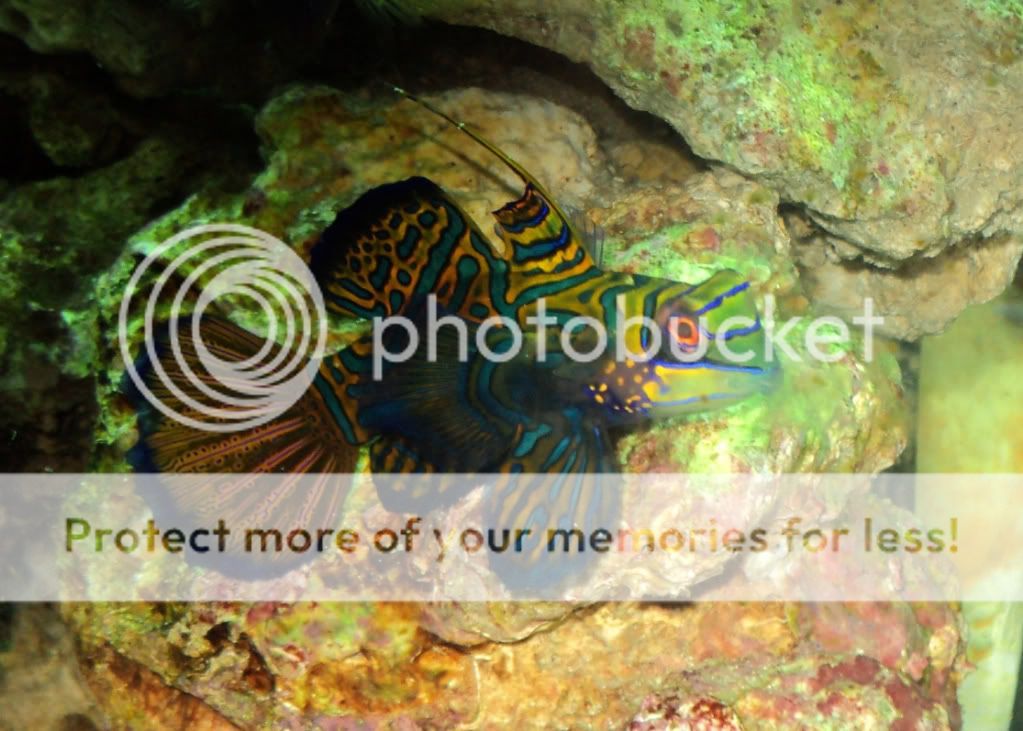wsboyette
Fishy, Fishy, Fishy, Fish
Precisely how toxic is cyanobacteria to fish ? What would be its specific effects on bottom-dwelling fishes such as dragonets, blennies, etc coming in contact with it ?

what are your water parameters? The scaleless fish are much more sensitive to water quality issues
and youre sure he wasnt pinched in the belly?
Nitrate under 10....ammonia NEAR zero and cyano is present. I would almost bet money that your params are more out of whack than you think. Cyano doesn't just show up in perfect conditions, something has to feed it. False readings occur when nutrients get consumed at almost the same rate they are produced so things like cyano grows and the tests read low. Ammonia should be zero not NEAR.

Thanks for calling my attention to my typo LOL. Nice setup you have there, Sir Alex. Much easier to work with than this tall, thin monster I have. Barely room in my stand for a decent sump.

Thx. ;)
I don't suppose you got the lyrics did you? :?
Definitely get rid of the strips and get a better kit. You'll get much more accurate results.
Even if there is ammonia in your source water, after going through an RO/DI it should no longer be present.
